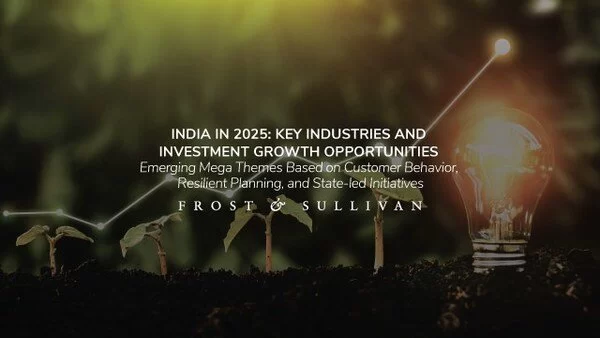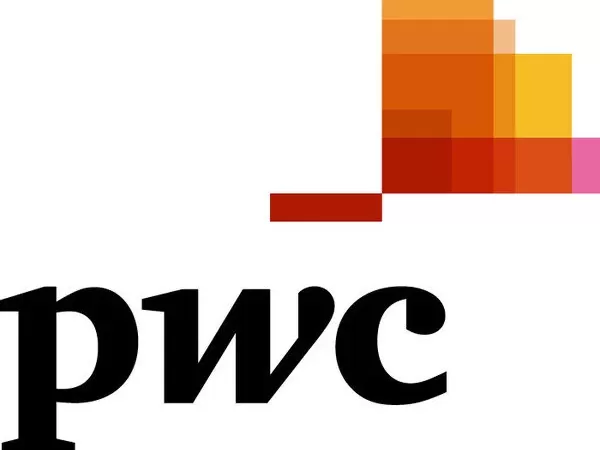The global critical infrastructure cybersecurity market is estimated to reach $24.22 billion by 2030, finds Frost & Sullivan SANTA CLARA, Calif., May 24, 2021 — Frost & Sullivan’s recent analysis finds that while corporate and consumer businesses remain popular marks for cyberattacks, critical infrastructure facilities have become increasingly viable threat…
CryptoPunks Market Capitalization Nearly $2 Billion
CryptoPunks have achieved ‘unicorn’ status ahead of the landmark Christie’s auction of 9 CryptoPunks, according to researchers from the University of Nicosia NICOSIA, Cyprus, May 11, 2021 — The value of all 10,000 CryptoPunks, the first and best-known NFT (Non-Fungible Token) project and…
Crypto.com Visa Card Spending Grew 55% Per User in 2020, Online Spending Up 117%
For the first time, Crypto.com shares transaction data for its Visa Card, showing strong growth in overall user spending, especially for online purchases and cross-border transactions HONG KONG, April 1, 2021 — Today, Crypto.com released its Consumer Spending Insights Report for 2020, which details spending…
AI and Cloud to Empower the European Telehealth Market Securing Efficient Access to Essential Healthcare Services
By 2026, the European telehealth market is estimated to witness more than a four-and-a-half-fold growth, garnering $20.7 billion revenue, finds Frost & Sullivan SANTA CLARA, Calif., March 17, 2021 — Frost & Sullivan’s recent analysis, Innovative Business Models Powering the Telehealth Market in Europe, finds that the severe impact of COVID-19…
Frost & Sullivan Shares Strategic Overview of Key Industries and Investment Opportunities in India by 2025
Along with industry experts from NITI Aayog and Aditya Birla Group, Frost & Sullivan will discuss India’s economic development and fastest-growing sectors SANTA CLARA, Calif., Feb. 19, 2021 — From a major economic crisis in 1991, India evolved to become the fastest-growing major economy in recent years. While Frost & Sullivan…
Health and social care to gain the most from 5G productivity and efficiency gains, which will add US$1.3trillion to global GDP by 2030
New analysis of 5G – the next generation of mobile connectivity – estimates the impact of new and existing applications. Over half the global economic impact (US$530bn) will be driven by the transformation of health and social care within the next ten years; a…
Investments in Cyber Intelligence Platforms to Surge as Companies Require Advanced Threat Protection
In the Americas, the managed and professional security services market is estimated to reach $18.81 billion by 2024, finds Frost & Sullivan SANTA CLARA, Calif., Dec. 7, 2020 — Frost & Sullivan’s recent analysis, Managed and Professional Security Services Market in the Americas, Forecast to 2024, finds that the volume, sophistication,…
CGTN: Shanghai’s Pudong to be pioneer in China’s new reform drive
BEIJING, Nov. 13, 2020 — After 30 years of development and opening-up, Pudong in east China’s Shanghai Municipality has been given two new roles in the country’s overall development in the next three decades.   The area should strive to become a pioneer of reform and opening-up at…
Blis Prospect Targeting helps drive new and lapsed audiences into store and online at scale
SYDNEY, Nov. 11, 2020 — Continuing its product momentum, Blis, the trusted leader in location-powered advertising and analytics, has today announced the launch of Prospect Targeting, an innovative addition to its product suite. The new product combines Blis’ valuable and accurate location data…
G20 Saudi Secretariat Announces Digital Summit to Discuss Inclusive Growth in Aftermath of Covid-19
RIYADH, Saudi Arabia, Oct. 21, 2020 — The Ministry of Investment of Saudi Arabia and the Saudi Secretariat as part of the international Conference program announces a four-day digital event series to explore how businesses, governments and citizens can drive opportunities for inclusive growth through regulation, new technologies and long-term…










